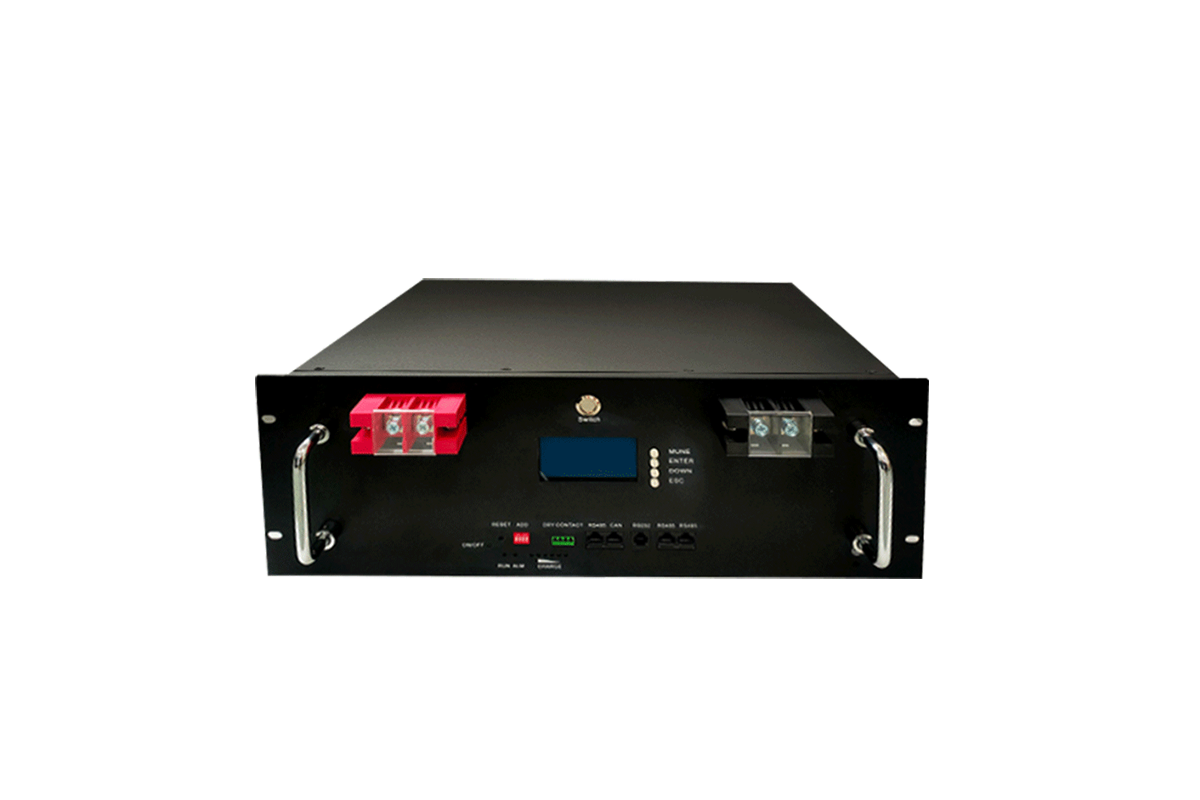

Time:2025-04-18 Views:1

Flow batteries have emerged as a promising energy storage solution, and their energy density is a crucial factor in determining their viability and applications. Energy density refers to the amount of energy that can be stored per unit volume or mass of the battery.
Flow batteries operate on a different principle compared to traditional solid - state batteries. They store energy in liquid electrolytes that are pumped through a cell stack. The energy density of flow batteries is influenced by several factors. One of the main factors is the concentration of the active materials in the electrolytes. Higher concentrations of the redox - active species in the electrolyte can potentially lead to a higher energy density. For example, in a vanadium redox flow battery, increasing the concentration of vanadium ions in the electrolyte can store more energy per unit volume of the electrolyte solution.
However, increasing the concentration of active materials also has its challenges. It can lead to issues such as increased viscosity of the electrolyte, which may affect the flow rate through the cell stack and ultimately the battery's performance. Another factor that impacts the energy density of flow batteries is the design of the cell stack. A more efficient cell stack design, with better electrode - electrolyte contact and reduced internal resistance, can allow for a higher utilization of the stored energy, effectively increasing the energy density.
Compared to some traditional battery chemistries like lead - acid batteries, flow batteries generally have a lower energy density. However, they offer other advantages such as long cycle life and the ability to scale up easily. In applications where space and weight are not the most critical factors, such as large - scale grid - energy storage, the relatively lower energy density of flow batteries can be compensated by their other favorable characteristics.
Researchers are constantly working on improving the energy density of flow batteries. This includes developing new electrolyte chemistries, improving the cell stack design, and enhancing the materials used in the electrodes. For example, the use of novel nanomaterials in the electrodes can increase the surface area available for electrochemical reactions, potentially leading to a higher energy density. As these research efforts progress, flow batteries are expected to become more competitive in terms of energy density, opening up new opportunities for their use in a wider range of applications, including electric vehicles and distributed energy storage systems.
Read recommendations:
portable emergency power supply Production